Mars Signs Of Life Come From Unlikely Source
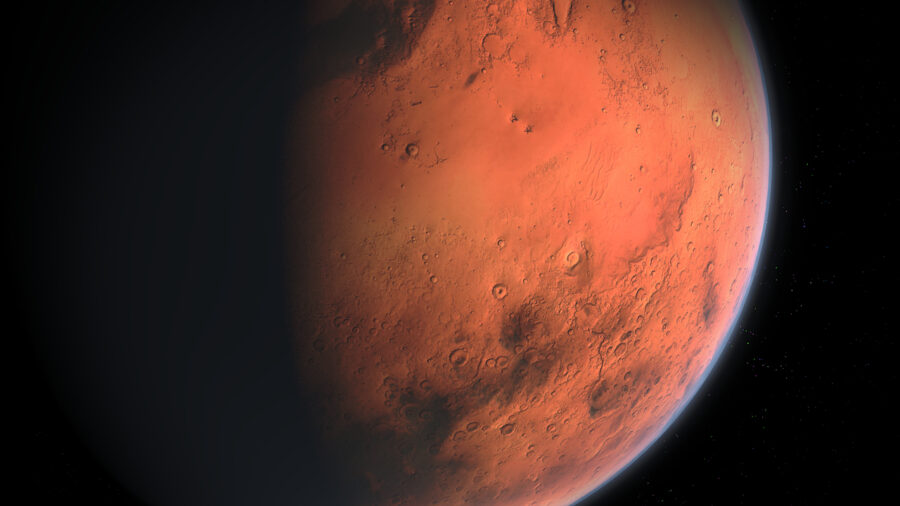
An unexpected source of Mars life, formaldehyde, may have existed on the planet. Mars, often perceived as a barren and arid planet, is believed to have once housed the genesis of life. Its 200 million-year-old history is marked by the existence of liquid water – a key element promoting life. Detailed research indicates that the molecules necessary for the birth of life might have been created during the planet’s aqueous period.
Origin Of Life On Mars
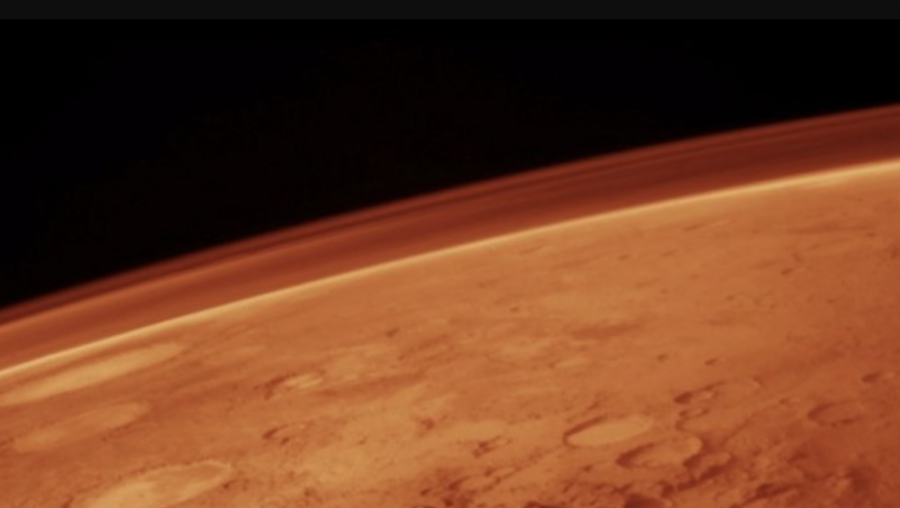
A recent investigation traced the beginning of organic material and potential Mars life while examining the possible conditions from billions of years ago. Scientists from Tohoku University found that atmospheric formaldehyde on Mars might have fostered the formulation of biomolecules, as per the study published in Scientific Reports. This discovery provides hopeful leads in the quest to prove that life once thrived on the Red Planet.
Mars Is Still Young

Formaldehyde is an essential ingredient in creating life’s basic building blocks, such as proteins and RNA. It appears that Mars, in its early days around 3.8 to 3.6 billion years ago, could have been a cozy place with liquid water on its surface, paving the way for Mars’s life. The presence of certain gases supported the warm atmosphere.
Organic Material On Mars
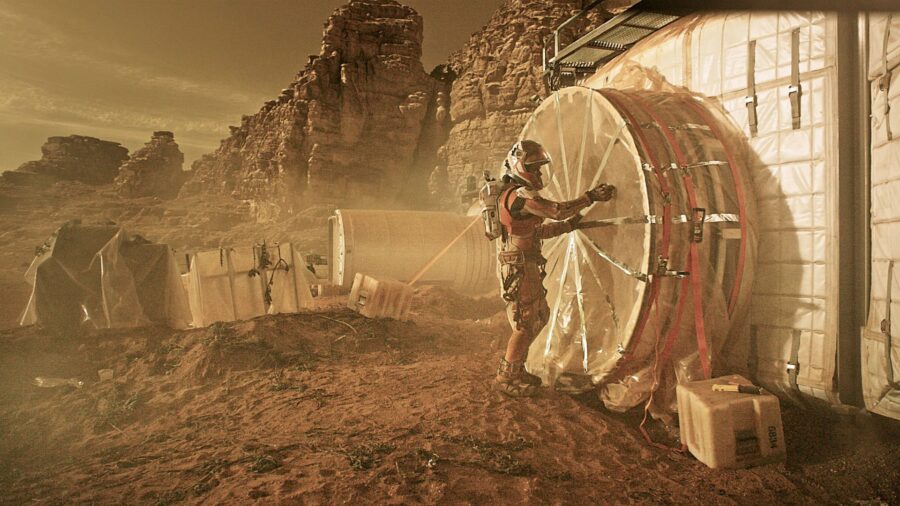
However, it’s still a mystery if this environment was suitable to produce formaldehyde. The study used a model to explore the creation of formaldehyde on early Mars, assuming a thick atmosphere filled with CO2 and some other gases. The scientists’ findings suggest that formaldehyde could be continuously provided, leading to the formation of organic substances and Mars life, including those building blocks necessary for life. This might explain the presence of organic materials found on Mars’ surface.
Sugar Is Good For Life
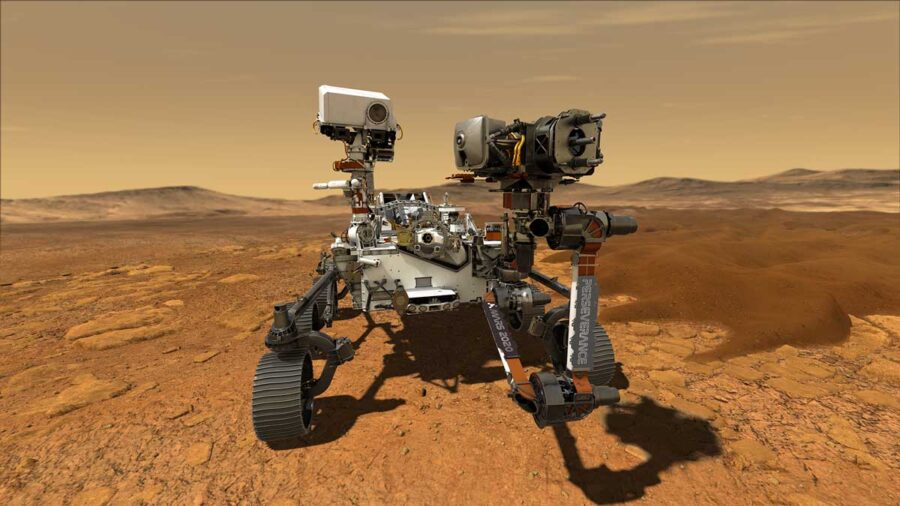
Also, given the known rate at which formaldehyde can transform into a type of sugar called ribose, studies indicate that there could have been a steady source of crucial sugars on early Mars, particularly during certain historic periods. Given the presence of such crucial elements, there is a distinct possibility that Mars life existed and flourished during the planet’s earliest days.
Volcanic Influence

Mars has undergone a fascinating geological evolution over billions of years, divided into three main periods: Noachian, Hesperian, and Amazonian. The Noachian period is defined by massive meteor impacts creating vast basins. During that time there was also significant volcanic activity that created a dense atmosphere which trapped solar heat, providing an environment for lakes and possibly an ocean. Mars life could have begun during this period.
Volcanoes Shaped The Planet
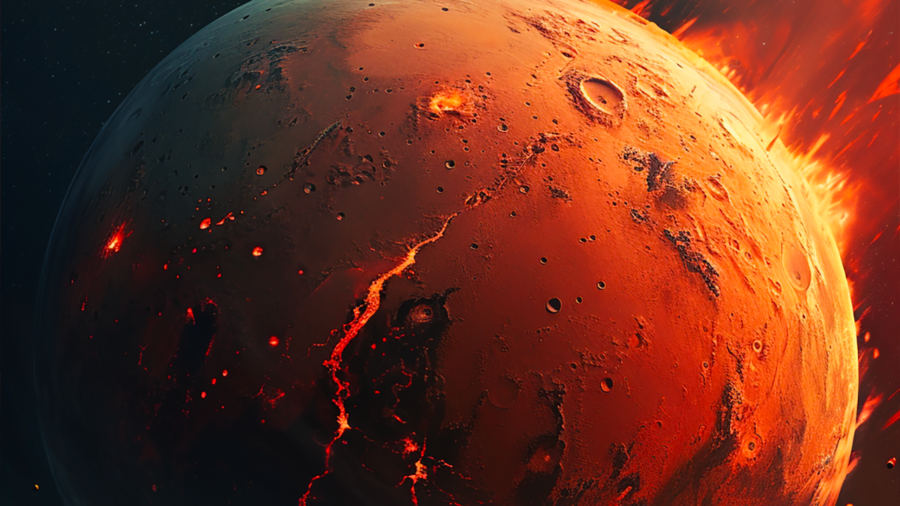
The Hesperian period had less cratering as volcanic plains expanded and caused sulphuric acid rain from sulfur dioxide-water reactions. As this happened, the planet cooled but likely began to become inhospitable for possible Mars life.
The Red Planet

The most recent geological period, the Amazonian, is marked by a thinner atmosphere and rapid water evaporation. Late-stage volcanism, including Olympus Mons eruptions, along with Aeolian erosion, shaped Mars’ landscape, revealing signs of glaciation and ice-related processes. This is when the red hue of Mars began to appear due to surface changes from anhydrous ferric oxides. Mars life likely became extinct by this point.












